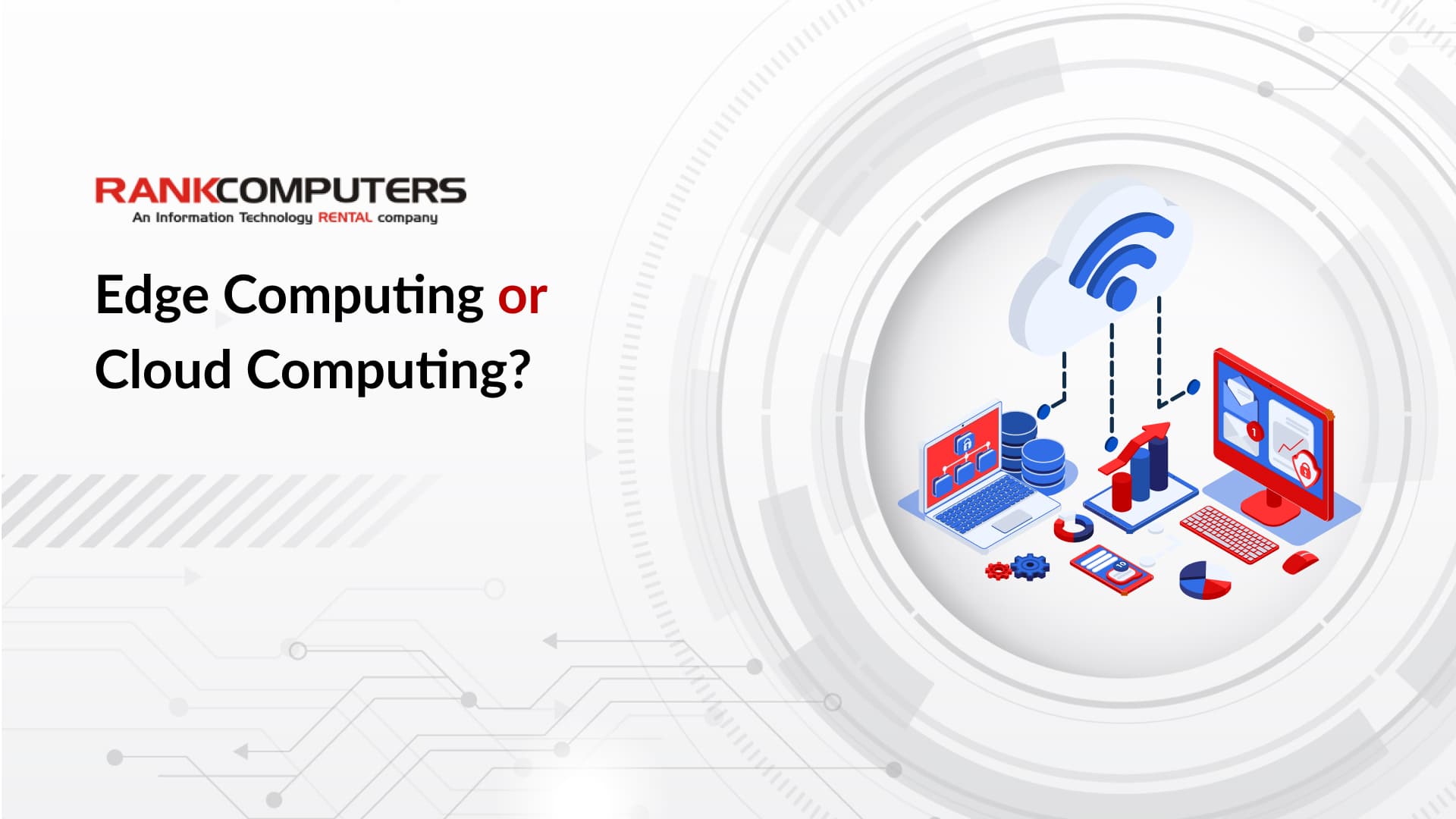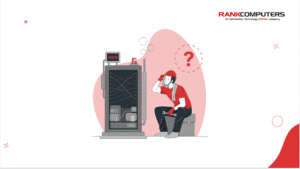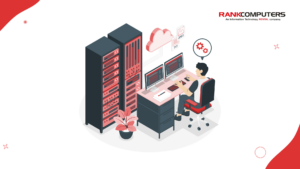Introduction
As more and more companies are moving their applications to the cloud, it symbolizes that organizations are realizing the benefits of cloud computing, and adapting accordingly.
Today, almost 70% of organizations have at least one cloud-based application.
Even with this number, which only keeps rising, industry experts believe that cloud computing has reached the end of its run. They believe that edge computing is the next best thing, and are betting on its growing demand. Whether or not that is true, it has become increasingly necessary for you to know the difference between cloud computing and edge computing. You will be able to determine the future scope of both of these computing methods by the end of this blog.
What is Cloud Computing?
Cloud computing provides on-demand access to computing resources, like servers, data storage, development tools, applications, and more. It is managed by a cloud service provider. The following are some of the benefits of cloud computing:
Decreased IT costs
A cloud computing architecture allows you to offload the expense of purchasing, installing, and managing a hardware storage infrastructure. It is one of the key benefits of cloud computing.
Increased speed
When using cloud computing, your organization can start using applications efficiently, without having to wait for responses from the IT department, regarding the purchase and installation of software.
Scalability
Cloud computing architecture provides flexibility. Instead of purchasing a large capacity that may remain unused, you can scale your cloud capacity up or down based on your usage.
Since we all use a computer or a mobile device, you most certainly have used some form of cloud computing every day – be it Google Drive or Netflix.
What is Edge Computing?
Edge computing, on the other hand, is an upcoming computing infrastructure that refers to the processing of data closer to its point of origin. This enables users to access large volumes of data at faster speeds, leading to improved results.
Edge computing has certain advantages over traditional computing services:
Higher performance
When applications are hosted on centralized platforms, it can lead to a delayed response time. Edge computing prevents this from happening as it keeps data on the edge of the devices for convenience and ease of access and thus, improving performance.
Reduced expenses
Businesses spend a lot on cloud hosting services to move data around. With edge computing, there is no need to move data around, as the data is processed in the same place where it is generated. This reduces operational costs.
Reliable
There is no hindrance in terms of accessing data in edge computing, even with network connectivity issues. So, if ever there is a failure in one edge device, the others operating on the same network won’t be affected.
Is Edge Computing better than Cloud Computing?
Both edge computing and cloud computing are related ideas. While there isn’t a clear distinction between the two, there is a difference in how they process and store data.
The main difference between edge and cloud computing architecture is – location. Edge computing systems are located in the periphery of the network, allowing for real-time data processing activity. This system is highly efficient and secure.
As edge computing provides increased performance, enterprises are now opting for edge computing services. Another added advantage of using edge computing is that whenever a device detects a slight anomaly, as compared to the set tolerance limits, a warning signal is issued, and the machine will be shut down within seconds. This greatly minimizes losses in the case of cyberattacks or hardware failures.
Conclusion
While the basic functioning of both cloud and edge computing remains the same, edge computing is highly advanced and efficient. In the future, edge computing is likely to gain popularity mostly because of its scalability and the technological innovations it will allow.
However, it does not mean that cloud computing will experience a decline. Over the past two decades, cloud computing has contributed towards digital transformation. While edge computing is enabling newer and advanced applications, many applications that use the edge will also be using the cloud. The two cloud-providing services are not in contrast to each other, instead, they compete with each other.



